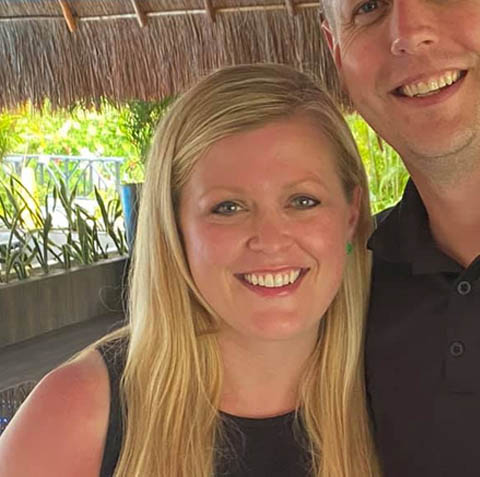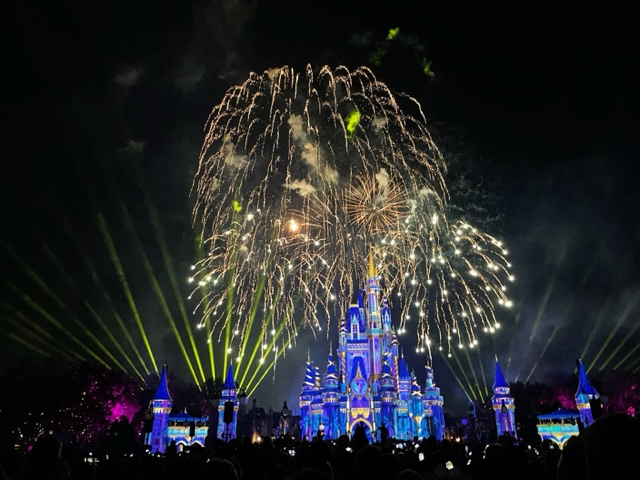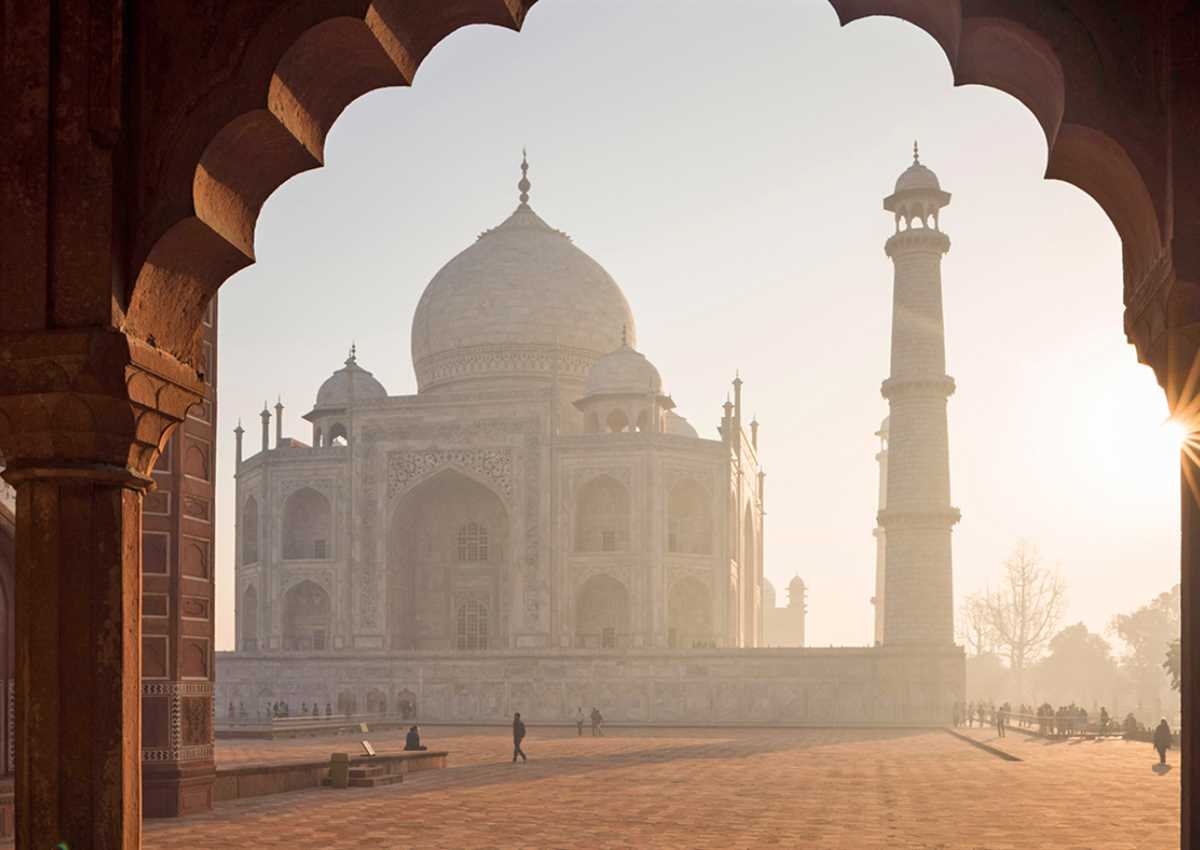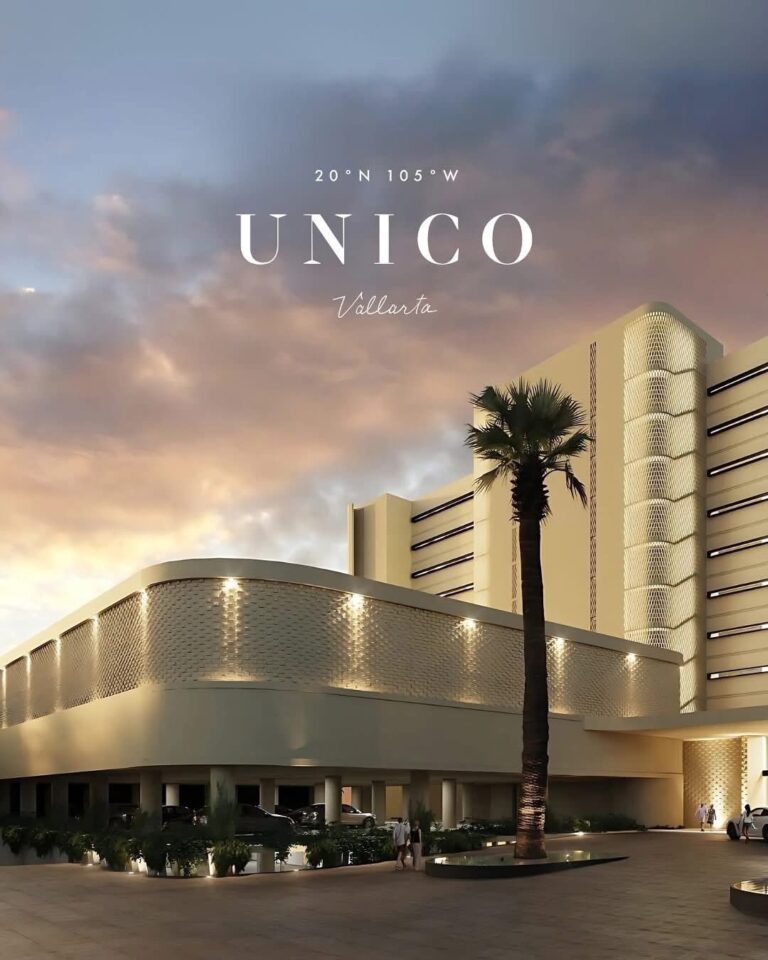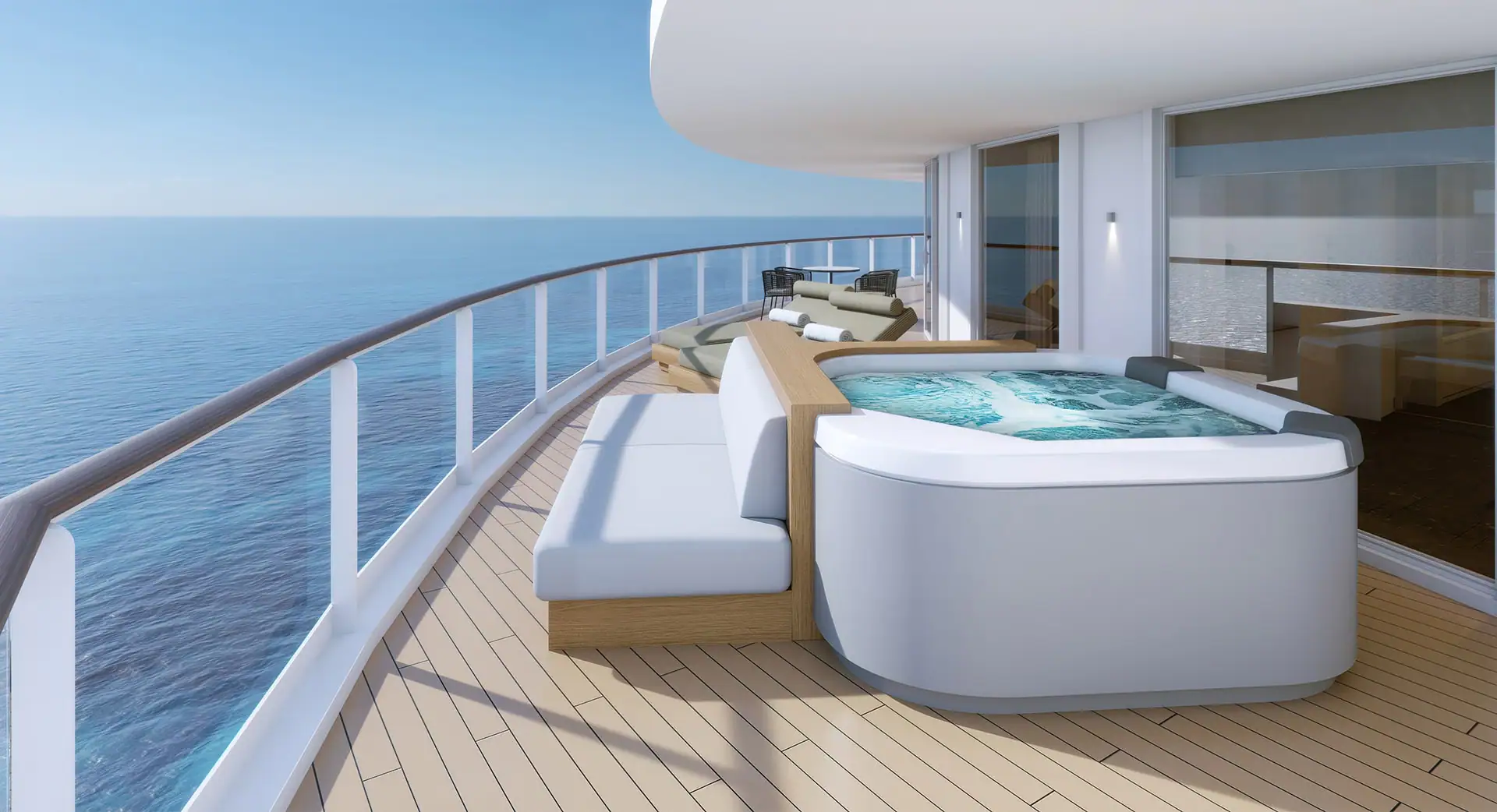Overview
Introduction
This port city on the Danube River is dotted with pretty parks and bridges. Sites to see include a museum complex (with science, archaeological and ethnographical exhibits, as well as an aquarium), a 13th-century church, ruins of a medieval fortress and remnants of ancient Roman settlements.
At the Iron Gates Gorge, the name given to the point where the Danube crosses the southern end of the Carpathian Mountains, there's a giant hydroelectric dam you can drive across into Serbia. The city also has a museum, the Museum of the Iron Gates Hydropower Station, dedicated to the site.
Fans of modern art should make a detour northeast to Tirgu Jiu. It was the hometown of Romanian sculptor Constantin Brancusi, and four of his monumental pieces can be seen in parks there. To the northwest is the Herculane Baths, which is one of Romania's well-known thermal-spring spa centers. Drobeta-Turnu Severin is 215 mi/350 km west of Bucharest.
Overview
Introduction
Even the most casual golfers will want to try at least one of the state's 23 courses designed by Robert Trent Jones Sr. On the 378-hole trail (considered the biggest golf construction project in the history of the game), golfers can stroke their way from Huntsville to Mobile, taking in the full range of Alabama's scenery (as seen from a fairway).
The courses, which were financed and built by the Retirement Systems of Alabama, are all within 15 mi/24 km of the state's interstate highway system and no more than a two-hour drive from each other. There are mountainous courses in northern Alabama and wetland and water courses in the south. The five largest facilities (54 holes each) are near Birmingham, Huntsville, Mobile, Prattville and Auburn/Opelika. There are 36-hole complexes in Greenville, Dothan and Anniston/Gadsden. Tee dates can be reserved in advance at these public courses, which are open seven days a week. For more details request the free golf guide from the Alabama Bureau of Tourism—phone 800-252-2262.
















